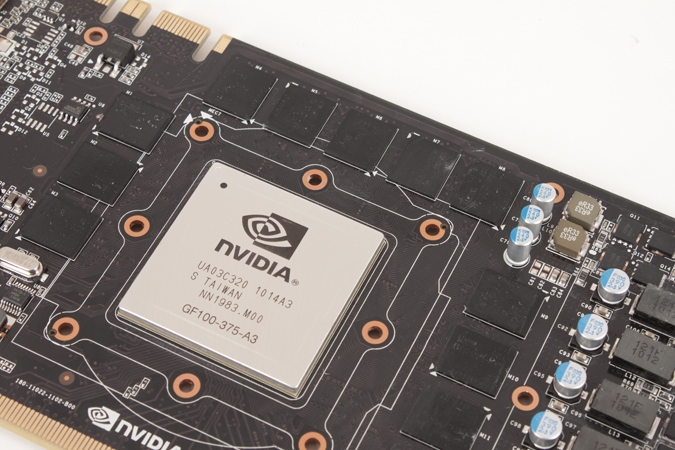Breaches happen every day so the fact that a company was the victim of a breach, even NVIDIA, was not all that shocking, but to hear that NVIDIA had potentially employed active counter measures was. According to Telegram posts from the group, after the attack they noticed that the endpoint used “**THE** MACHINE” had been encrypted and was no longer usable by them. They also claim to have a backup of the data that was unaffected. The posts, if real, called NVIIDA out as criminals while also admitting the criminal act of breaching the company and stealing data. The statements were quite at odds with each other.
An additional statement went on to clarify how the “hack” took place. LAPSUS$ says that they used the corporate VPN to access internal resources. The use of this VPN required the installation of NVIIDA’s MDM (Mobile Device Management) solution. Again, if this is accurate it seems that the source of the attack was an account compromise and the use of the company VPN for access. The problem for the group is that once in and the MDM was installed, they were open to compliance, configuration and security policies that were enforced by the MDM. The “Hack” might not have been a hack at all, but an isolation or other policy enforced by the MDM. We suspect that the encryption was more likely enforcement of a DLP (Data Loss Prevention) policy that noticed the movement of files to a non-complaint or suspicious device. The DLP system in question then encrypted the files on the system controlled by the attackers to render them un-readable. If configured properly (which it looks like it was) the MDM would have then isolated the device preventing access by any accounts.
Proper configuration of DLP and MDM for non-compliance devices is critical for any company that handles sensitive information. The steps outlined above are not fancy or special, they are part of best practices even though they are often ignored or poorly implemented. We cannot be certain that this is how things played out, it is one of the more likely scenarios especially when considering there was a backup of the data left unaffected. The idea that NVIDIA actively “hacked” their attackers is not truly plausible as it is actually not legal in most countries to do so. The general rule is that you cannot pursue an attacking group on your own past the first hop. Going beyond that can greatly complicate efforts by law enforcement and can get you into trouble.
Back to the attack, it seems the groups are frustrated that NVIDIA wants to make their GPUs less attractive for crypto mining and would like NVIDIA to remove some of the software checks that make their GPUs less efficient at these tasks. In particular they are demanding that NVIDIA make their drivers full open sourced and published under FOSS “from now on and forever,” They also want NVIDIA to immediately remove the Lite Hash Rate (LHR) functions form their graphics cards so that they can get back to mining at full speed. LHR is designed to reduce mining rates of Ethereum by 50%. Failure to comply will result in more leaks etc, etc. The group has already dumped what appears to be the source code for DLSS (Deep Learning Super Sampling). The group also claims they have an LHR bypass tool they are willing to sell to anyone interested.
While we have no official word from NVIDIA, we do not suspect they will cave to the demands from this group. The gaming community has suffered quite a bit due to availability issues of NVIDIA GPUs due to crypto mining. This shortage has inflated the prices significantly and while NVIDIA is still making money, they are also getting hurt in the long run by this type of dealing. Their moves to change how their GPUs work for mining vs gaming is a step towards changing this and returning the market to a more stable position. The leak of DLSS might have a small impact on them as their competitors potentially have access to this feature. Whether or not a competitor would actually use the data is the topic of another debate.
Either way the confirmation of the attack and the leak of data is not being acknowledged publicly by NVIDIA who says, “We do not anticipate any disruption to our business or our ability to serve our customers as a result of the incident.”




